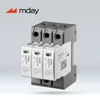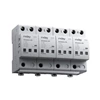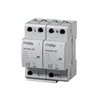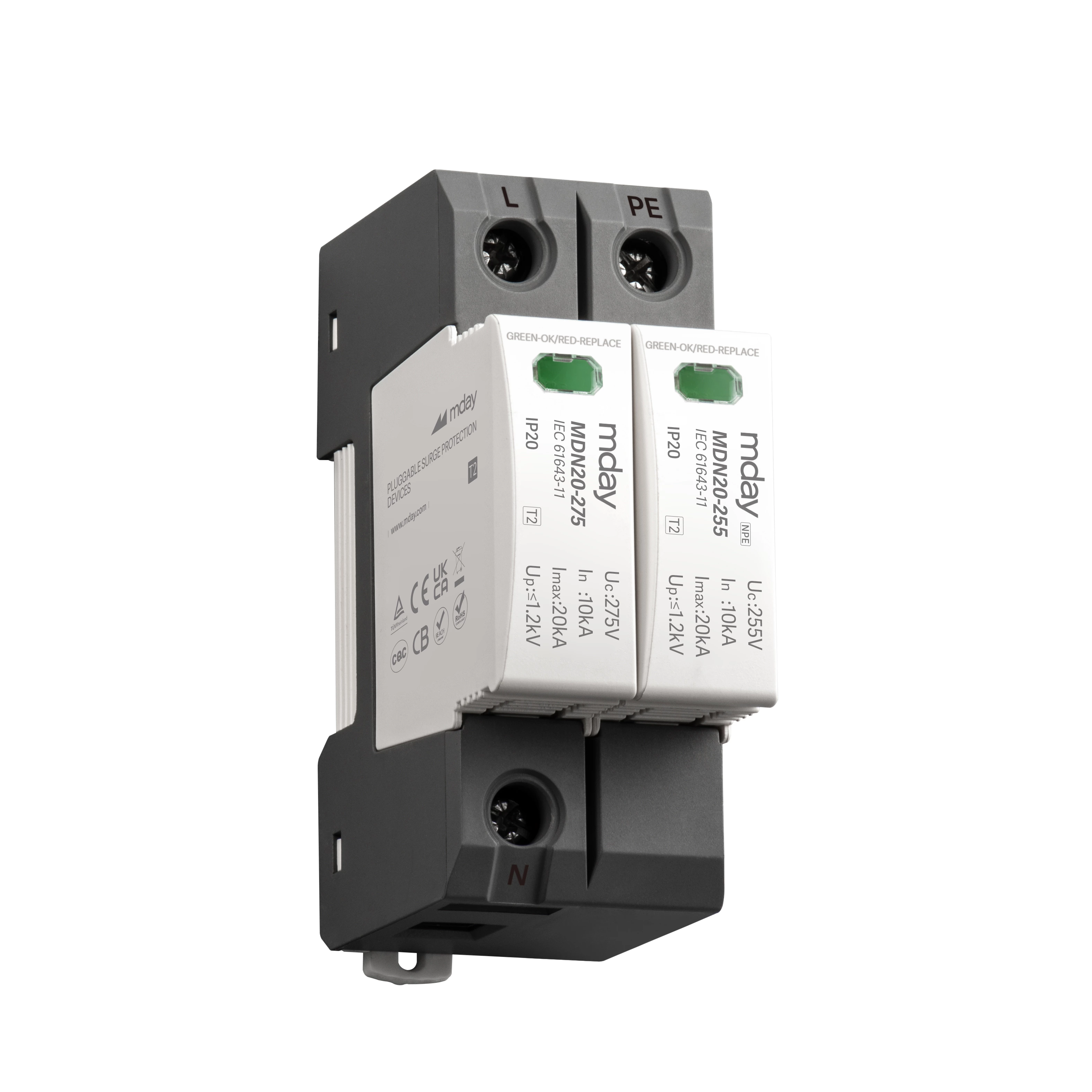Surge Protector Parameters - Choose The Right One For Better Protection
Regarding the selection of surge protectors, I believe that all readers have a preliminary understanding. So after choosing the correct level of surge protector, how do we look at the parameters of the surge protector and how do we choose the right surge protector that suits us? Today, the editor will take you to understand what the parameters of the surge protector represent.
Regarding the selection of surge protection device, we mainly look at several surge protector parameters: Iimp/Imax, In, Uc and Up. The following editor introduces the meaning of several parameters and what we need to pay attention to.
Iimp: Maximum impact current, mainly T1-level surge protector parameters, is an important standard for measuring the flow rate of switch-type surge protective device, and needs to be greater than 12.5KA.
Imax: Maximum discharge current, mainly T2-level surge protector parameters, is an important standard for measuring the flow rate of voltage-limiting surge protectors, usually twice the nominal discharge current In.
In: Nominal discharge current, refers to the discharge current that the surge protector can accept for a long time without deterioration.
Uc: Maximum sustainable working voltage, which refers to the voltage that can be applied to both ends of the surge protector for a long time without causing it to start working. This value is generally greater than the rated voltage, that is, the normal power frequency voltage of the connected power system. This is also the reference parameter for the surge protector to be applicable to the power system.
Up: Voltage protection level, which refers to the voltage remaining at both ends of the surge protector when it is turned on, which must be limited to a certain value, otherwise the equipment will be damaged. It is usually required to be 0.92Un≤Up≤2500V.











